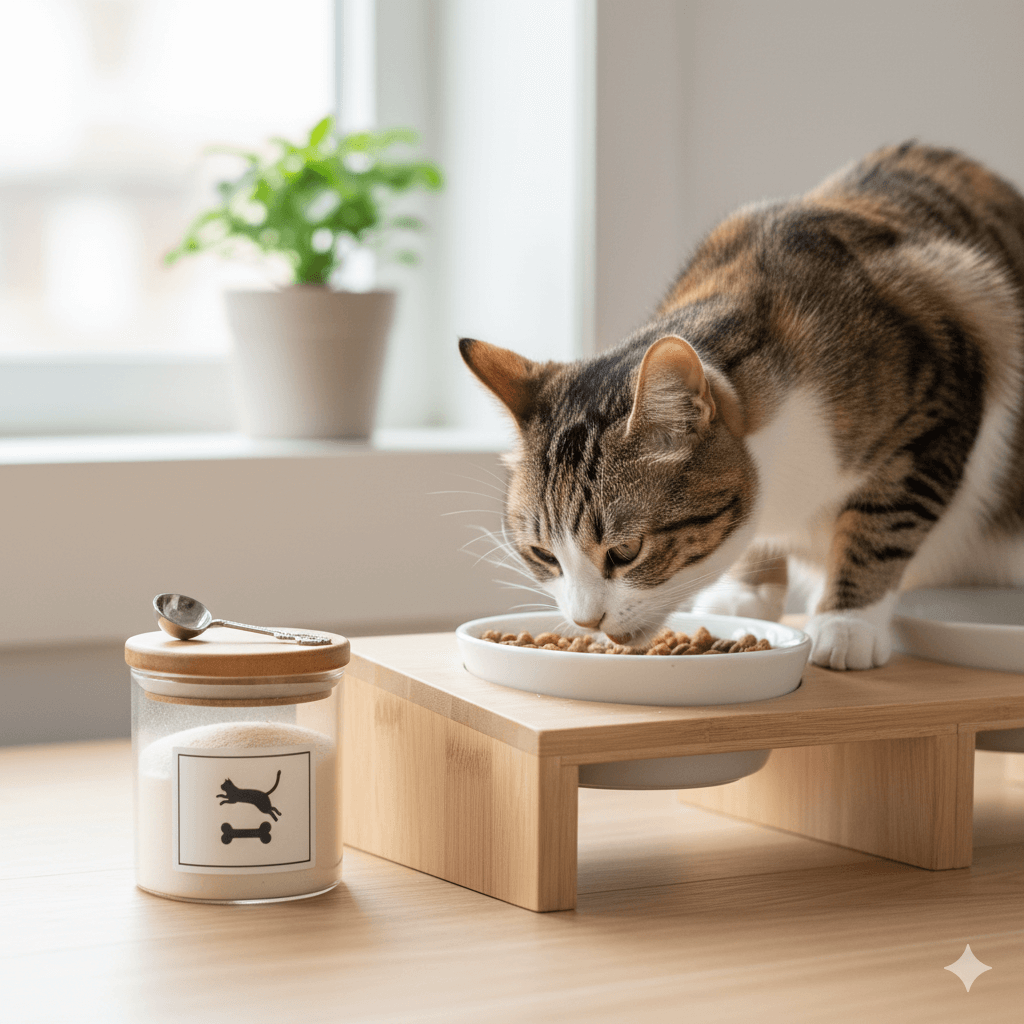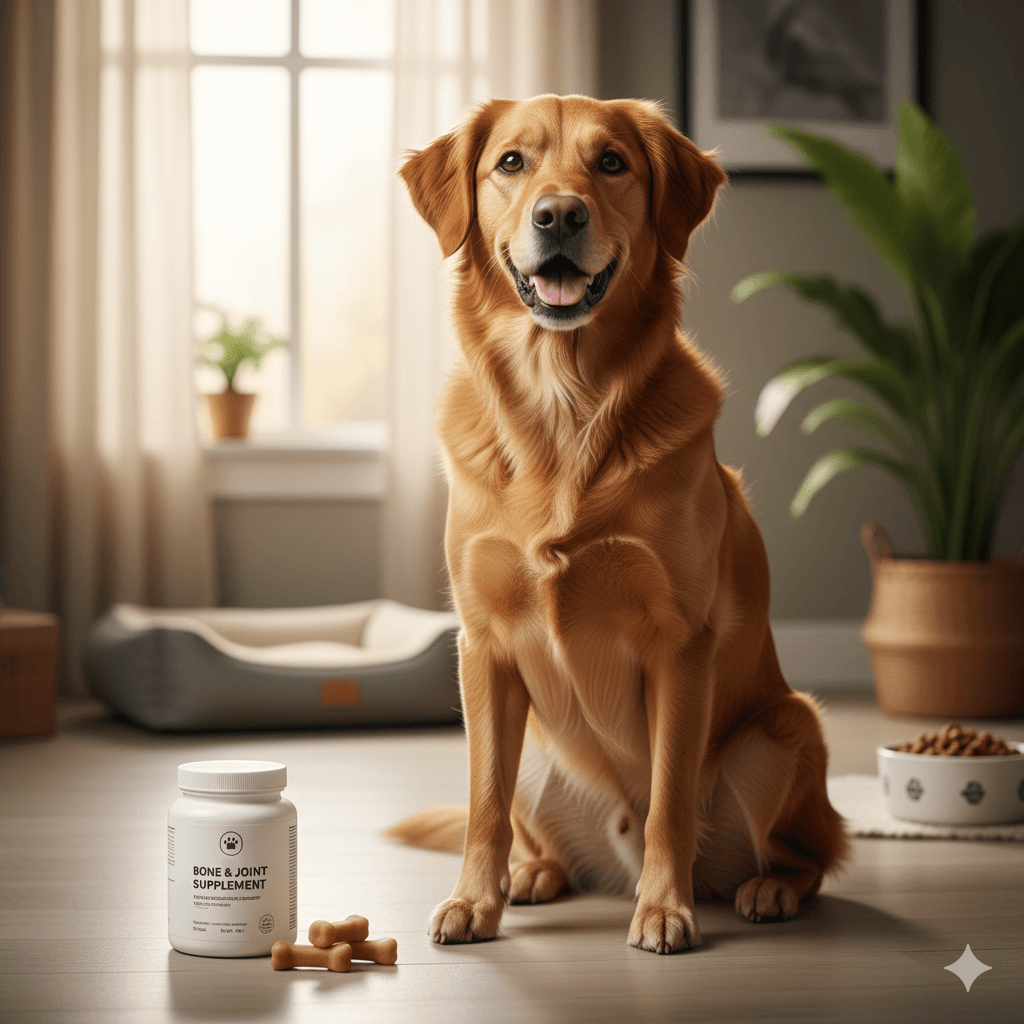Maine Coon Ears: A Fascinating Feature of a Majestic Breed
The Maine Coon is often celebrated as one of the most striking and beloved cat breeds, and their ears are no exception to their allure. These large, tufted ears are not only a defining characteristic of the breed but also serve important functional and aesthetic purposes. Known for their lynx-like appearance, Maine Coon ears contribute to the breed’s wild and regal charm while playing a crucial role in their communication and sensory abilities.
In this blog post, we’ll delve into everything you need to know about Maine Coon ears—from their unique anatomy to tips for keeping them healthy and clean. Whether you’re a proud Maine Coon owner or simply fascinated by this magnificent breed, you’ll discover why their ears are truly remarkable.
Anatomy of Maine Coon Ears
Understanding the anatomy of Maine Coon ears helps explain why they are so distinctive and functional. These features make them stand out among other cat breeds and contribute to their overall appeal.
Large Size:
Maine Coon ears are proportionally larger than those of most cats, enhancing their ability to detect even the faintest sounds.Tufted Tips:
The tufts of fur at the tips of their ears resemble those of a lynx, adding to their wild and majestic appearance.Wide Base:
The broad base of their ears allows for better sound collection, making them highly attuned to their surroundings.Inner Ear Structure:
Their inner ear is designed to amplify sound, giving them exceptional hearing capabilities compared to other breeds.Expressive Mobility:
Maine Coons can rotate their ears independently, allowing them to pinpoint the source of sounds with precision.
These anatomical features not only make Maine Coon ears visually captivating but also enhance their sensory abilities, reflecting their evolutionary adaptability.
Care Tips for Maine Coon Ears
Proper ear care is essential for maintaining your Maine Coon’s health and comfort. Due to their large size and tufted structure, these ears require regular attention to prevent issues like infections or wax buildup.
Inspect Regularly:
Check your Maine Coon’s ears weekly for signs of redness, swelling, or unusual discharge that could indicate an infection.Clean Gently:
Use a damp cotton ball or vet-recommended ear cleaner to gently wipe away dirt and excess wax from the outer ear.Avoid Over-Cleaning:
Cleaning too frequently can irritate the delicate skin inside the ear; aim for once every two weeks unless advised otherwise.Trim Excess Fur:
If fur grows excessively around the ear opening, trim it carefully to improve airflow and reduce the risk of infections.Monitor for Parasites:
Watch for signs of ear mites, such as scratching or head shaking, and consult your vet if you suspect an infestation.
By following these care tips, you can ensure your Maine Coon’s ears remain healthy and problem-free.
Check this guide 👉Siamese Maine Coon Mix: Best 7 Expert Tips!
Check this guide 👉Bengal Maine Coon Mix: Best 7 Expert Tips!
Check this guide 👉Tortoiseshell Maine Coon: Best 7 Expert Tips!

Signs of Healthy Maine Coon Ears | Common Ear Problems in Maine Coons |
|---|---|
Clean, pink inner ear | Ear infections due to bacteria or yeast |
Minimal wax buildup | Excessive scratching or head shaking |
No unpleasant odor | Wax buildup causing blockages |
Tufts intact and free of debris | Ear mites leading to irritation |
Symmetrical ear positioning | Allergies causing inflammation |
Why Maine Coon Ears Are So Special
Maine Coon ears are more than just a physical trait—they are a testament to the breed’s unique history and adaptability. Here’s why these ears are truly special.
Evolutionary Advantage:
Their large size and mobility helped wild ancestors detect predators and prey in dense forests.Lynx-Like Appearance:
The tufted tips give them a wild, untamed look that sets them apart from other domestic cats.Enhanced Communication:
Maine Coons use their ears to express emotions, such as flattening them when scared or perking them up when curious.Symbol of the Breed:
Alongside their bushy tails and tufted paws, their ears are a hallmark of the Maine Coon’s iconic appearance.Functional Beauty:
Their design balances aesthetics with practicality, showcasing nature’s ingenuity in creating this remarkable breed.
These qualities make Maine Coon ears a fascinating blend of form and function, embodying the essence of the breed.
How to Protect Your Maine Coon’s Ears
Preventive measures are key to ensuring your Maine Coon’s ears stay in top condition. By taking proactive steps, you can avoid potential problems and keep their ears healthy.
Provide a Balanced Diet:
Proper nutrition supports overall health, including skin and ear health, reducing the risk of infections.Keep the Environment Clean:
Regularly clean your home to minimize dust, allergens, and pests that could affect your cat’s ears.Use Protective Products:
During baths or outdoor adventures, consider using vet-approved products to shield their ears from water or debris.Schedule Routine Vet Visits:
Regular check-ups allow your vet to monitor ear health and catch any issues early.Avoid Harsh Chemicals:
Never use human ear drops or harsh chemicals, as these can irritate or damage your cat’s sensitive ears.
Taking these precautions ensures your Maine Coon’s ears remain as stunning and functional as nature intended.
Fun Facts About Maine Coon Ears
Maine Coon ears are full of surprises, and learning fun facts about them adds to the joy of owning or appreciating this breed.
Inspiration from Wild Cats:
Their tufted ears are believed to have evolved from their resemblance to wild lynxes, giving them a rugged, untamed look.Directional Hearing:
Maine Coons can swivel their ears nearly 180 degrees, allowing them to pinpoint sounds with incredible accuracy.Adaptation to Climate:
The tufts help insulate their ears during cold winters, a nod to their origins in the northeastern United States.Unique Markings:
Some Maine Coons have distinctive ear furnishings that vary in length and thickness, making each cat’s ears uniquely theirs.Communication Tool:
Their ears play a key role in non-verbal communication, conveying emotions through subtle movements.
These facts highlight the fascinating aspects of Maine Coon ears, making them even more endearing.
Common Myths About Maine Coon Ears
Several myths surround Maine Coon ears, often stemming from misunderstandings about their function and care. Clarifying these misconceptions helps owners provide better care.
Myth: Tufts Prevent Hearing Issues:
While tufts add charm, they don’t directly impact hearing; regular cleaning is still necessary.Myth: Large Ears Mean Better Hearing:
While size aids sound collection, it doesn’t guarantee superior hearing without proper ear health.Myth: Trimming Tufts Ruins Their Look:
Trimming excessive fur near the ear opening won’t harm their appearance and can improve hygiene.Myth: Maine Coons Don’t Need Ear Care:
Even robust breeds require routine ear maintenance to prevent infections and other issues.Myth: Ear Problems Are Rare:
Due to their ear structure, Maine Coons may face more challenges than other breeds if neglected.
Dispelling these myths ensures a deeper understanding of how to care for Maine Coon ears effectively.
Tips for Enhancing Your Maine Coon’s Ear Health Naturally
In addition to regular cleaning and vet visits, there are natural ways to support your Maine Coon’s ear health. These tips complement professional care and promote overall well-being.
Diet Rich in Omega-3s:
Foods high in omega-3 fatty acids, like fish oil, support skin and ear health by reducing inflammation.Herbal Remedies:
Calendula or chamomile tea (cooled) can soothe irritated ears when used sparingly under veterinary guidance.Humidity Control:
Maintain moderate humidity levels in your home to prevent dryness or excessive moisture in their ears.Gentle Massage:
Massaging the base of their ears stimulates blood flow and encourages relaxation during grooming sessions.Stress Reduction:
Minimizing stress through play and enrichment reduces the likelihood of behavioral issues affecting ear health.
These natural approaches enhance your Maine Coon’s ear care routine, promoting long-term health and happiness.
Frequently Asked Questions About Maine Coon Ears
Are Maine Coon ears prone to infections?
Yes, their large size and tufted structure can trap moisture and debris, increasing the risk of infections if not properly cared for.
What causes tufts in Maine Coon ears?
The tufts are a genetic trait that enhances their lynx-like appearance and provides slight protection against cold weather.
How often should I clean my Maine Coon’s ears?
Aim to clean their ears every two weeks, or as recommended by your veterinarian, depending on their individual needs.
Can I trim the fur inside their ears?
Yes, trimming excess fur around the ear opening improves airflow and reduces the risk of infections, but be cautious and gentle.
Why does my Maine Coon shake its head?
Head shaking could indicate discomfort, such as an ear infection or foreign object; consult your vet if this behavior persists.
Celebrating the Unique Beauty of Maine Coon Ears
Maine Coon ears are a defining feature of this extraordinary breed, blending elegance, functionality, and charm. From their lynx-like tufts to their exceptional hearing abilities, these ears reflect the breed’s rich history and adaptability. By understanding their anatomy, providing proper care, and staying vigilant for potential issues, you can ensure your Maine Coon’s ears remain a source of pride and wonder. Whether you’re admiring their wild appearance or marveling at their keen senses, there’s no denying that Maine Coon ears are a true testament to the beauty of nature’s design.
Understanding Bone Supplement for Cats: Best 7 Expert Tips! – Safe, vet-approved guidance for strong feline bones & balanced nutrition.
Bone Supplement for Dogs: Best 7 Expert Tips! – Expert guide to calcium, collagen & bone health for every life stage.
Understanding Can Cats Get Sunburn: Best 7 Expert Tips! – Protect your feline from UV damage with vet-backed prevention strategies.
How to Train a Seizure Alert Dog: Best 7 Expert Tips! – Learn expert-backed steps to nurture natural instincts into reliable, life-saving seizure alerts.




